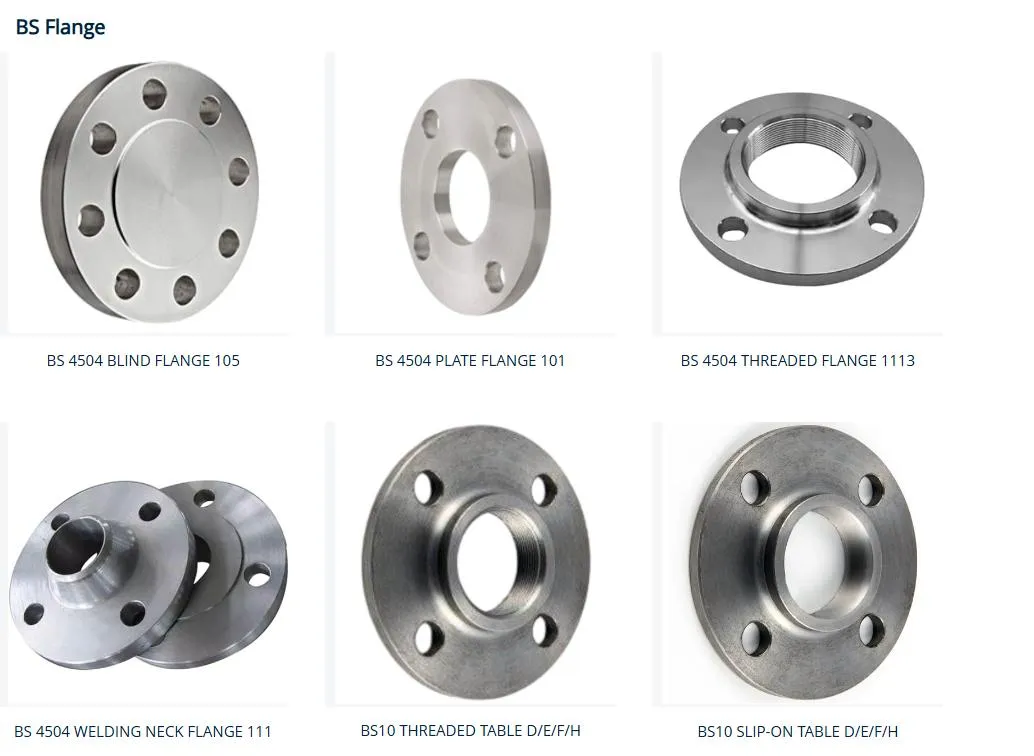-
Cangzhou Yulong Steel Co., Ltd.
-
Phone:
+86 13303177267 -
Email:
admin@ylsteelfittings.com
- English
- Arabic
- Italian
- Spanish
- Portuguese
- German
- kazakh
- Persian
- Greek
- French
- Russian
- Polish
- Thai
- Indonesian
- Vietnamese
- Zulu
- Korean
- Uzbek
- Hindi
- Serbian
- Malay
- Ukrainian
- Gujarati
- Haitian Creole
- hausa
- hawaiian
- Hebrew
- Miao
- Hungarian
- Icelandic
- igbo
- irish
- Japanese
- Javanese
- Kannada
- Khmer
- Rwandese
- Afrikaans
- Albanian
- Amharic
- Armenian
- Azerbaijani
- Basque
- Belarusian
- Bengali
- Bosnian
- Bulgarian
- Catalan
- Cebuano
- China
- China (Taiwan)
- Corsican
- Croatian
- Czech
- Danish
- Esperanto
- Estonian
- Finnish
- Frisian
- Galician
- Georgian
- Kurdish
- Kyrgyz
- Lao
- Latin
- Latvian
- Lithuanian
- Luxembourgish
- Macedonian
- Malgashi
- Malayalam
- Maltese
- Maori
- Marathi
- Mongolian
- Myanmar
- Nepali
- Norwegian
- Norwegian
- Occitan
- Pashto
- Dutch
- Punjabi
- Romanian
- Samoan
- Scottish Gaelic
- Sesotho
- Shona
- Sindhi
- Sinhala
- Slovak
- Slovenian
- Somali
- Sundanese
- Swahili
- Swedish
- Tagalog
- Tajik
- Tamil
- Tatar
- Telugu
- Turkish
- Turkmen
- Urdu
- Uighur
- Welsh
- Bantu
- Yiddish
- Yoruba

Oct . 16, 2024 11:28 Back to list
Joining Two Pipes with Welding Techniques for Optimal Connection and Strength
Welding Two Pipes Together A Comprehensive Guide
Welding two pipes together is a crucial process in various industries, including construction, plumbing, and manufacturing. This operation is essential for creating strong, leak-proof connections that ensure the integrity and durability of pipelines used for liquids, gases, and other substances. This article will delve into the significant aspects of welding two pipes, covering the techniques, materials, safety considerations, and best practices.
Understanding the Basics of Pipe Welding
Pipe welding involves fusing two pieces of pipe together using heat and pressure, resulting in a permanent joint. The choice of welding technique depends on the material of the pipes, their diameter, and the intended application. Common pipe welding methods include Shielded Metal Arc Welding (SMAW), Gas Tungsten Arc Welding (GTAW), and Gas Metal Arc Welding (GMAW).
Shielded Metal Arc Welding (SMAW), often referred to as stick welding, uses a consumable electrode coated in flux to lay the weld. As the electrode melts, it creates a pool of molten metal that fuses the pipes together. This method is versatile and can be used on various pipe materials, making it suitable for outdoor environments.
Gas Tungsten Arc Welding (GTAW), or TIG welding, utilizes a non-consumable tungsten electrode to produce the weld. An inert gas, usually argon, protects the weld area from contamination. This technique provides high-quality welds and is ideal for materials such as stainless steel and aluminum.
Gas Metal Arc Welding (GMAW), commonly known as MIG welding, involves feeding a continuous wire electrode through a welding gun. An inert gas shields the weld pool, ensuring a clean and strong joint. MIG welding is popular for its speed and ability to weld thin materials.
Preparation for Welding
Before commencing the welding process, proper preparation is crucial to achieving a successful and durable joint. Begin by thoroughly cleaning the pipe surfaces to remove any dirt, grease, or rust. This step is vital, as contaminants can weaken the weld integrity. Additionally, ensure the pipe ends are cut squarely and fit snugly together to prevent gaps, which can lead to defects in the final weld.
Pipe alignment is another essential aspect of preparation. Misalignment can cause stress in the welded joint, leading to future failures. Using clamps and fixturing devices can help maintain correct alignment during the welding process.
weld two pipes together

Safety Considerations
Safety should be a top priority when welding pipes. Welders must wear appropriate personal protective equipment (PPE), including helmets with dark lenses, gloves, long-sleeved shirts, and flame-resistant clothing. Additionally, ensuring proper ventilation is crucial to avoid exposure to harmful fumes and gases generated during welding.
It's also essential to be aware of fire hazards. Keep flammable materials away from the welding area, and have fire extinguishing equipment readily available. Following local regulations and guidelines is vital to maintaining a safe working environment.
Best Practices for Successful Pipe Welding
To achieve optimal results when welding pipes, several best practices should be followed
1. Select the Right Filler Material Ensure that the filler material matches the base metal. This compatibility is crucial for a strong bond.
2. Control Welding Speed Maintain a consistent welding speed to prevent overheating or undercutting, both of which can weaken the weld.
3. Inspect the Weld After completing the weld, conduct visual inspections for any defects. Nondestructive testing methods such as ultrasonic or radiographic testing may also be employed for critical applications.
4. Post-Weld Treatment Depending on the application, post-weld treatments such as grinding, cleaning, or heat treatment may be required to enhance the joint's performance.
In conclusion, welding two pipes together is a skilled task that requires knowledge, preparation, and adherence to safety practices. By understanding the various welding techniques, preparing adequately, and following best practices, welders can ensure strong, reliable pipe connections that meet industry standards. Whether for small plumbing jobs or large industrial projects, effective pipe welding is an essential competency in various sectors.
Latest news
-
ANSI 150P SS304 SO FLANGE
NewsFeb.14,2025
-
ASTM A333GR6 STEEL PIPE
NewsJan.20,2025
-
ANSI B16.5 WELDING NECK FLANGE
NewsJan.15,2026
-
ANSI B16.5 SLIP-ON FLANGE
NewsApr.19,2024
-
SABS 1123 FLANGE
NewsJan.15,2025
-
DIN86044 PLATE FLANGE
NewsApr.19,2024
-
DIN2527 BLIND FLANGE
NewsApr.12,2024
-
JIS B2311 Butt-Welding Fittings LR/SR 45°/90° /180°Seamless/Weld
NewsApr.23,2024











